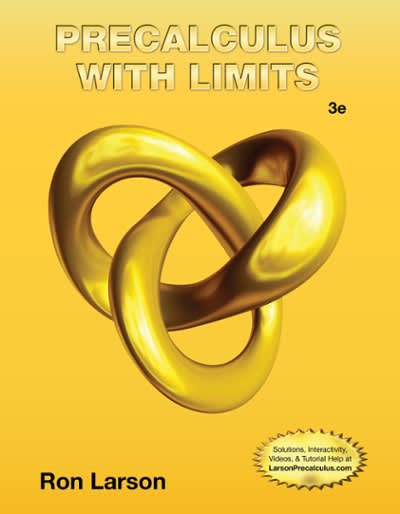Question
1a. Briefly explain why P(AB)P(B)is equivalent toP(A)P(B)for independent events. 1b. Say we roll two six-sided dice and count their sum. Event A is the set
1a. Briefly explain why P(AB)P(B)is equivalent toP(A)P(B)forindependentevents.
1b. Say we roll two six-sided dice and count their sum. Event A is the set of outcomes: {2, 3, 4, 5, 6}, event B is the set of outcomes {6, 7, 8}, and event C is the set of outcomes {11, 12}. What is the complement of A?
a. {9, 10, 11, 12}
b. {6}
c. {7, 8, 9, 10, 11, 12}
d. {7, 8}
1c. Are the following events disjoint, independent, or neither?
Two randomly selected students have birthdays in April
1d. Based on the tree diagram, which of these could be the numerator if we were applying Bayes' Theorem to calculate P(Disease Positive | Test Positive)?
a. P(Test Positive)
b. P(Test Positive | Disease Positive) x P(Disease Positive)
c. P(Disease Positive) + P(Test Positive)
d. P(Disease Positive)

Step by Step Solution
There are 3 Steps involved in it
Step: 1

Get Instant Access to Expert-Tailored Solutions
See step-by-step solutions with expert insights and AI powered tools for academic success
Step: 2

Step: 3

Ace Your Homework with AI
Get the answers you need in no time with our AI-driven, step-by-step assistance
Get Started


